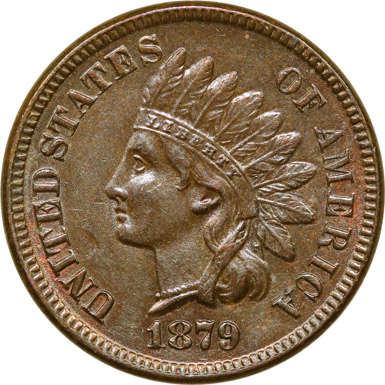 |
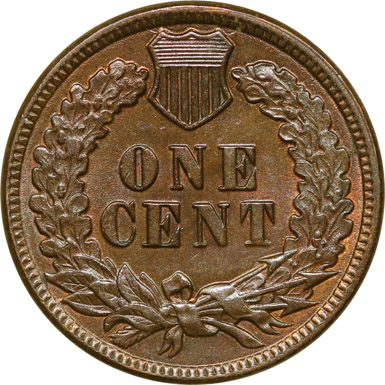 |
Obverse 14 |
Reverse N |
Obverse Diagnostics
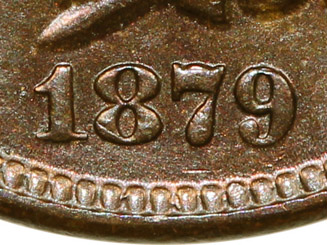 Date Position |
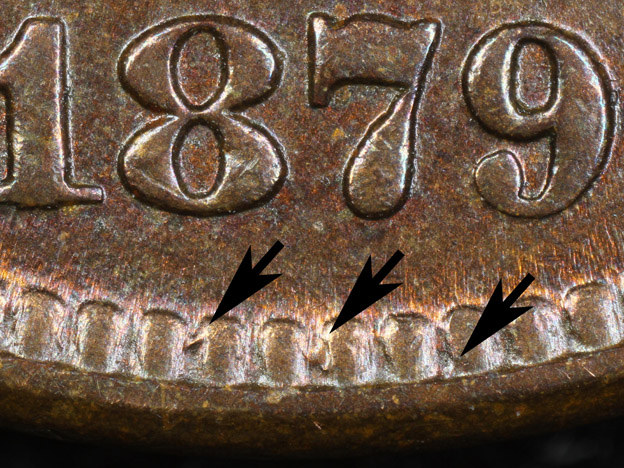 Artifacts (Click Image To Enlarge) |
Reverse Diagnostics
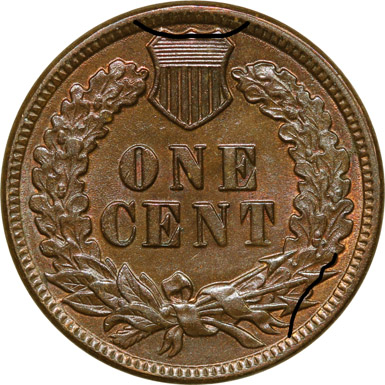
Reverse N Die Crack Mapping
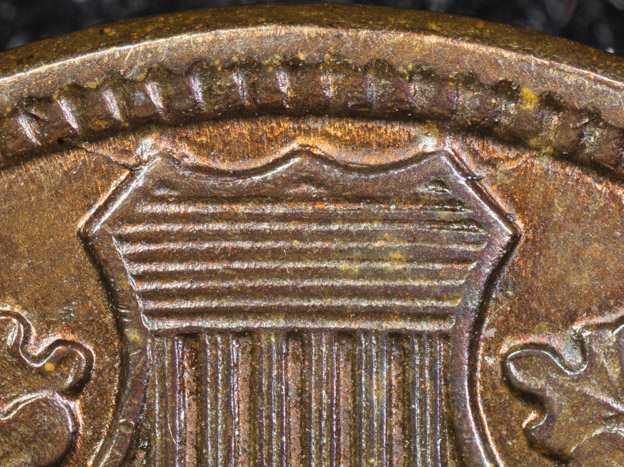
Primary Die Crack (Click Image To Enlarge)
 |
 |
Obverse 14 |
Reverse N |
 Date Position |
 Artifacts (Click Image To Enlarge) |

